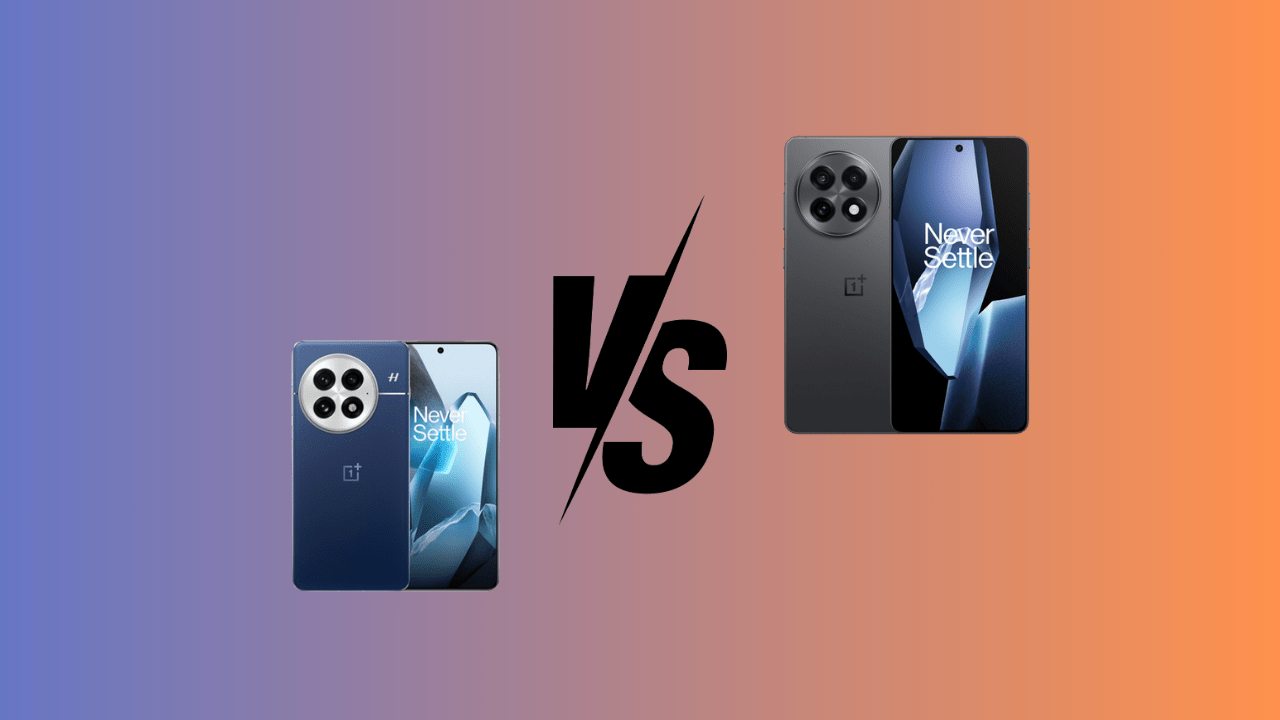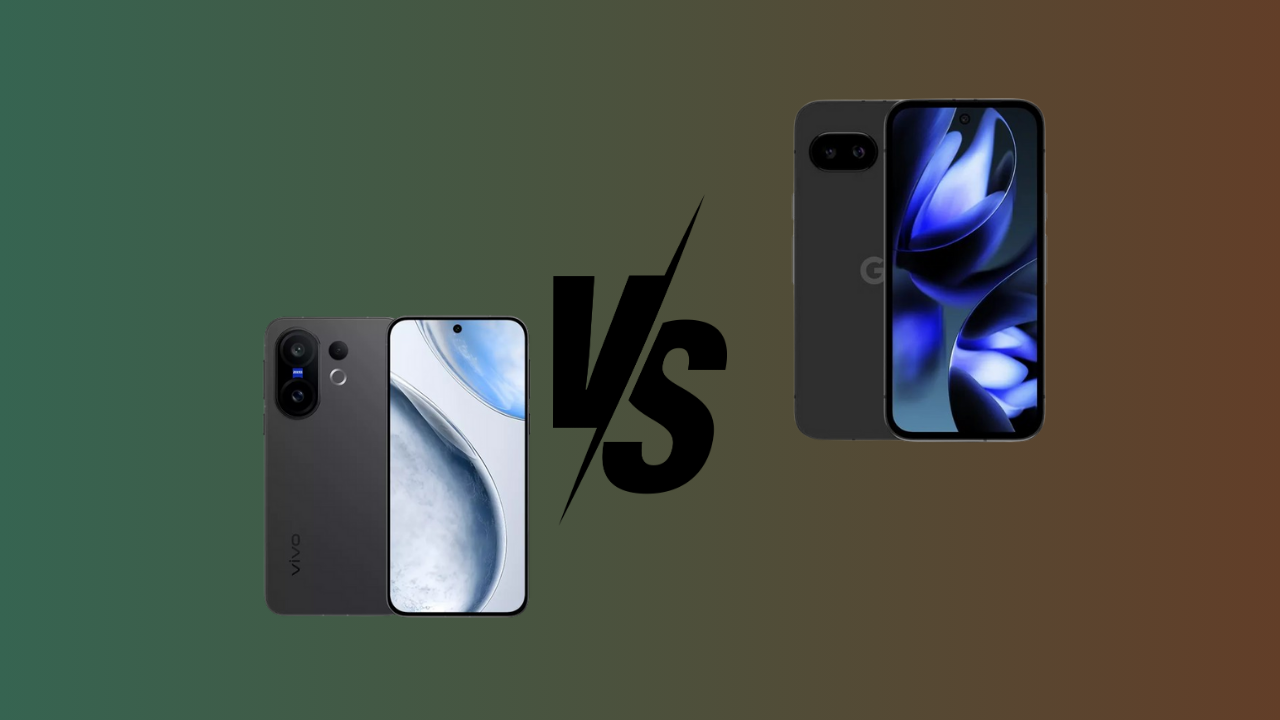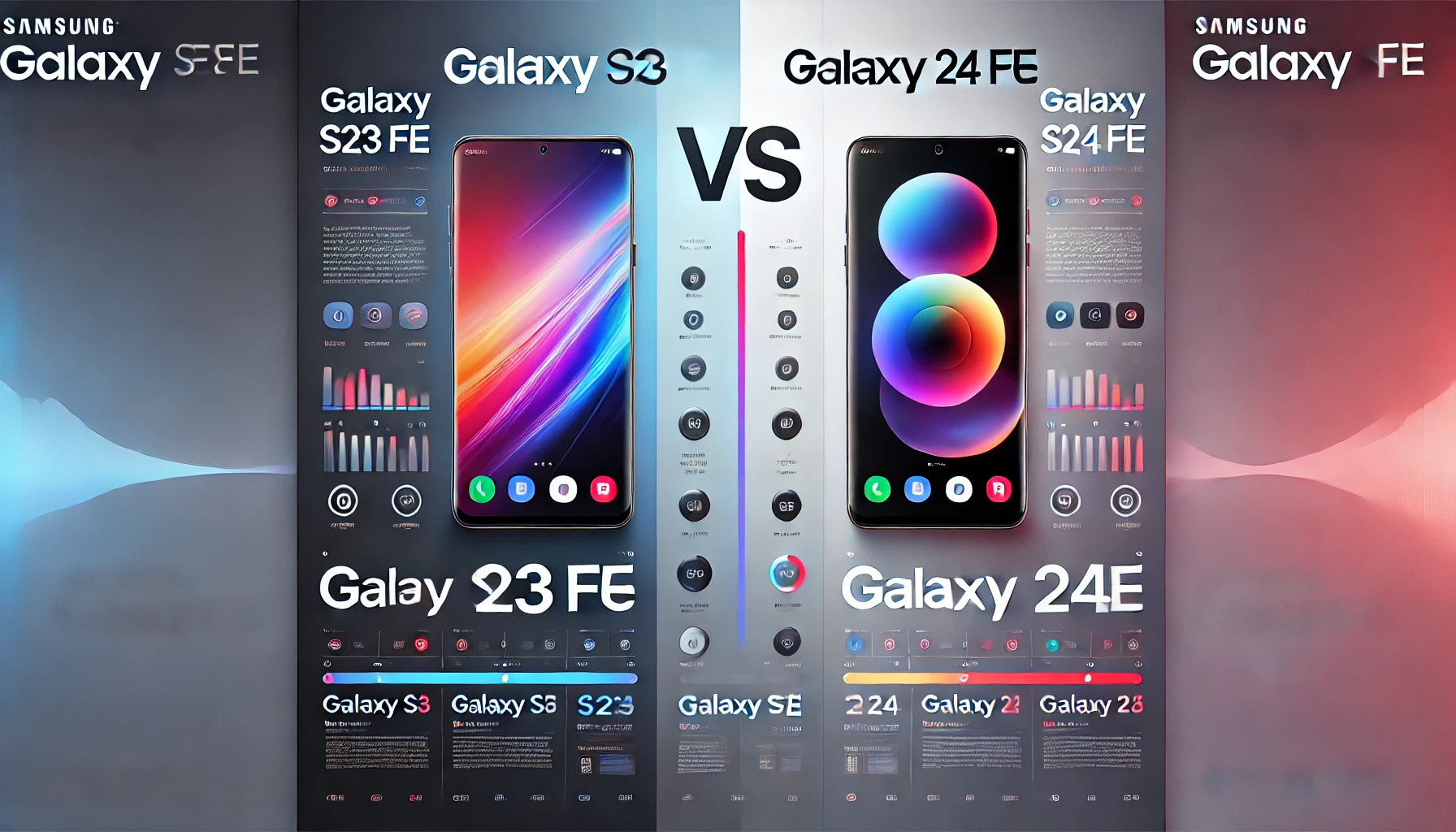On January 7th, OnePlus launched their highly anticipated number series, which has been immensely popular over the past few years, and for good reason. The OnePlus 13 series consists of two smartphones: the OnePlus 13 and the OnePlus 13R. Both devices bring exciting features to the table, but they cater to slightly different audiences.
In this blog, we will dive deep into the key differences between the OnePlus 13 and the OnePlus 13R to help you make an informed decision. We’ll explore their design and display, performance and software experience, camera capabilities, and determine which smartphone aligns best with your needs. Additionally, we’ll discuss whether these phones provide the best value in their price range or if there are other competitive options you might consider.
Design and Display
Design
There is a significant difference in design between the two phones, especially in the back camera module. While both feature a similar camera layout, the OnePlus 13 stands out with its Hasselblad collaboration and a more refined, non-square design. On the other hand, the OnePlus 13R has a boxy, square-shaped design.
From the front, it’s almost impossible to differentiate between the OnePlus 13 and the OnePlus 13R, as both devices feature a metal frame. However, the OnePlus 13 offers an additional leather finish option, whereas the OnePlus 13R comes exclusively with a matte glass finish and does not include a leather variant.
Display
Display size is often a matter of personal preference, with users choosing between larger or smaller screens based on their comfort. The OnePlus 13R features a slightly smaller 6.78-inch Color AMOLED display, while the OnePlus 13 boasts a larger 6.82-inch Color LTPO AMOLED screen. Both smartphones share the same 120Hz refresh rate, ensuring smooth scrolling and an excellent viewing experience.
However, there is a notable difference in screen protection. The OnePlus 13R is equipped with Corning Gorilla Glass 7i, whereas the OnePlus 13 offers Crystal Shield Super-Ceramic Glass for enhanced durability. These differences highlight the varying priorities in display features between the two devices.
Performance
Performance is a key differentiator between the OnePlus 13 and the OnePlus 13R. The OnePlus 13 is powered by the Qualcomm Snapdragon 8 Elite, currently the most powerful processor in the mobile world, with an Antutu score of 5.6 million an incredible achievement. In comparison, the OnePlus 13R comes with the Qualcomm Snapdragon 8 Gen 3, which is also a high-performing processor with an Antutu score of 3.8 million. While the performance gap is significant, both devices justify their respective price points. The OnePlus 13R, priced below ₹50,000, offers excellent value for its processor, while the OnePlus 13 delivers flagship-level performance.
Both smartphones are equipped with DDR5X RAM and UFS 4.0 storage, ensuring lightning-fast performance and efficient multitasking.
When it comes to software, both phones run on OxygenOS, based on Android 15. OnePlus has made a commendable move by reverting to OxygenOS after criticism of ColorOS. Both devices come with a commitment to 4 years of major updates and 6 years of security updates, ensuring a long-lasting and up-to-date user experience.
Camera
The table compares the camera specifications of the OnePlus 13 and OnePlus 13R. Both models feature a 50 MP wide-angle, periscope telephoto, and ultra-wide lens with Hasselblad color calibration. The video recording capabilities are identical, supporting 4K at 60 fps, 8K at 30 fps, and 1080p at 60 fps.
| Specification | OnePlus 13 Details | Specification | OnePlus 13R Details |
|---|
| 50 MP ƒ/1.6 (Wide Angle) | 23mm (wide), 1/1.43″, 1.12µm, multi-directional PDAF, OIS | 50 MP ƒ/1.8 (Wide Angle) | 24mm (wide), 1/1.56″, 1µm, multi-directional PDAF, OIS |
| 50 MP ƒ/2.6 (Periscope Telephoto) | 73mm, 1/1.95″, 3x optical zoom, PDAF, OIS | 50 MP ƒ/2.2 (Periscope Telephoto) | 47mm, 1/2.95″, 3x optical zoom, PDAF, OIS |
| 50 MP ƒ/2 (Ultra Wide) | 15mm, 120°, PDAF, Hasselblad Color Calibration, supports modes like Photo, Video, Portrait, Nightscape, Panorama, and more | 8 MP ƒ/2.2 (Ultra Wide) | 16mm, 112°, PDAF, Hasselblad Color Calibration, supports modes like Photo, Video, Portrait, Nightscape, Panorama, and more |
Video Recording | 4K @ 60 fps UHD, 8K @ 30 fps UHD, 1080p @ 60 fps FHD | Video Recording | 4K @ 60 fps UHD, 1080p @ 60 fps FHD |
The main differences between the OnePlus 13 and OnePlus 13R lie in specific features. While both phones share the same battery and charging capabilities, the OnePlus 13 stands out with its support for wireless charging. Additionally, both models come with impressive AI features to enhance the user experience. Otherwise, they are quite similar in terms of design and performance.

Conclusion
So, it’s time for the final conclusion, and now you have to choose. Based on the specifications mentioned above, I would recommend going for the OnePlus 13R. The clear reason is that, at a good price, you get excellent performance and a great camera. Why not choose the OnePlus 13, you ask? Well, it comes around ₹70,000, and at this price range, you also have options like the Google Pixel 9 series, iPhone 15 or 16 Pro. If you’re specifically looking for camera performance, the Vivo X series is also worth considering in this price bracket. I hope this blog helps you make a well-informed decision.
Thank you so much for reading!





I well understand it. I can help with the question decision.
Precisely, you are right
Interestingly 🙂
The good result will turn out
Has found a site with a theme interesting you.
I appreciate, cause I found just what I was looking for. You’ve ended my four day long hunt! God Bless you man. Have a nice day. Bye
I have discovered some new elements from your web-site about desktops. Another thing I have always considered is that computer systems have become a product that each residence must have for several reasons. They supply you with convenient ways in which to organize the home, pay bills, shop, study, listen to music and even watch tv series. An innovative way to complete most of these tasks is by using a notebook computer. These personal computers are mobile ones, small, effective and convenient.